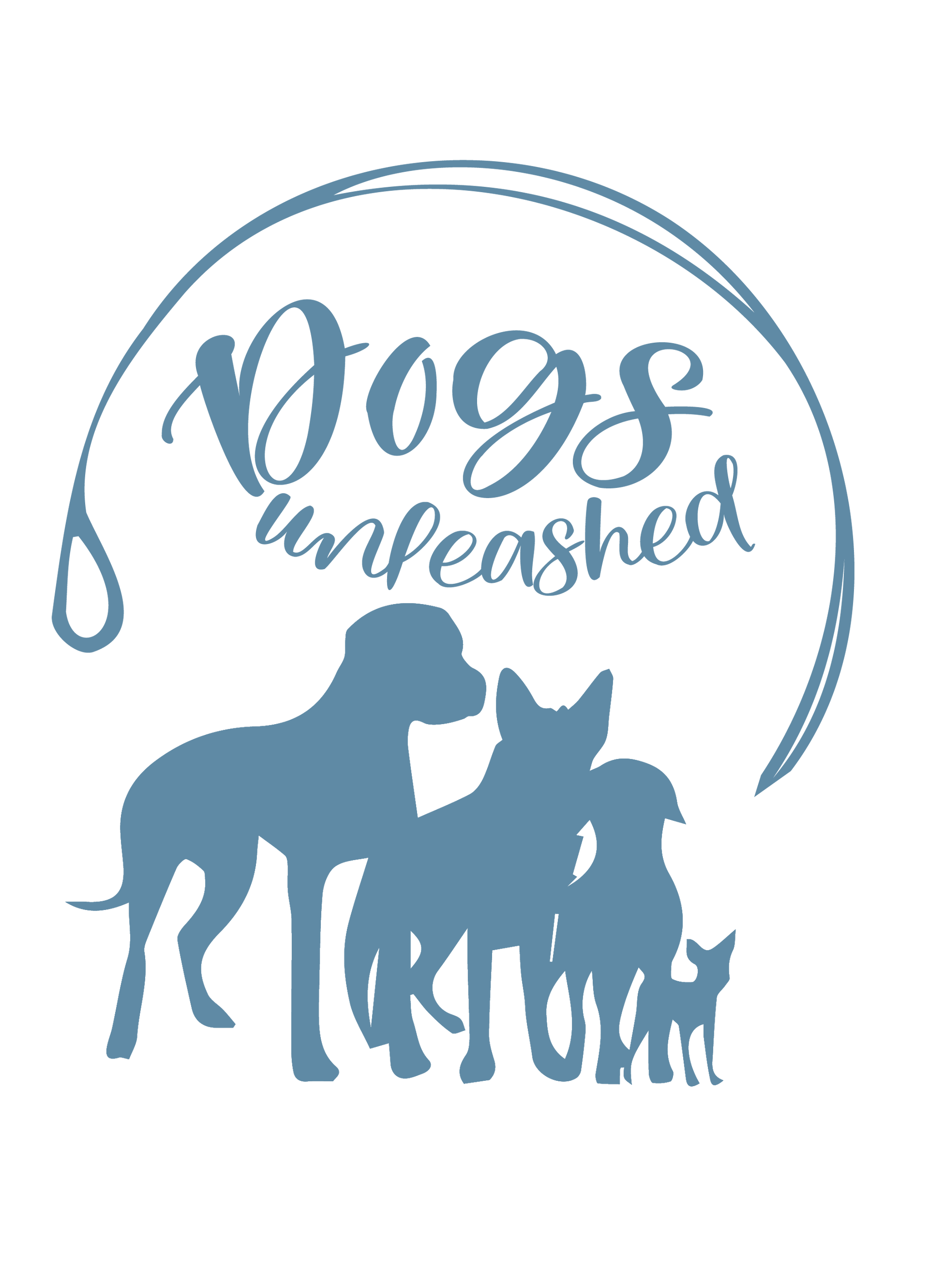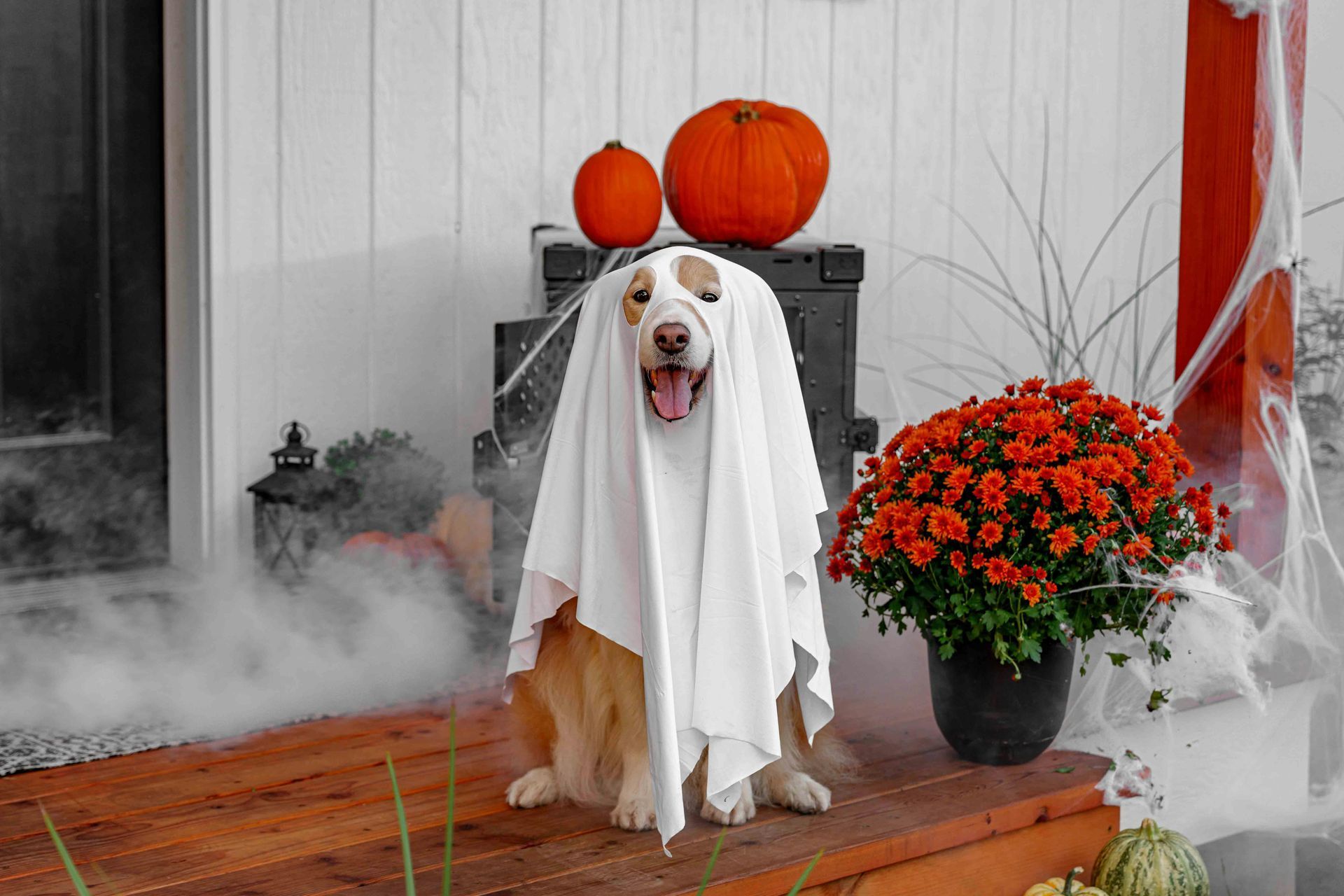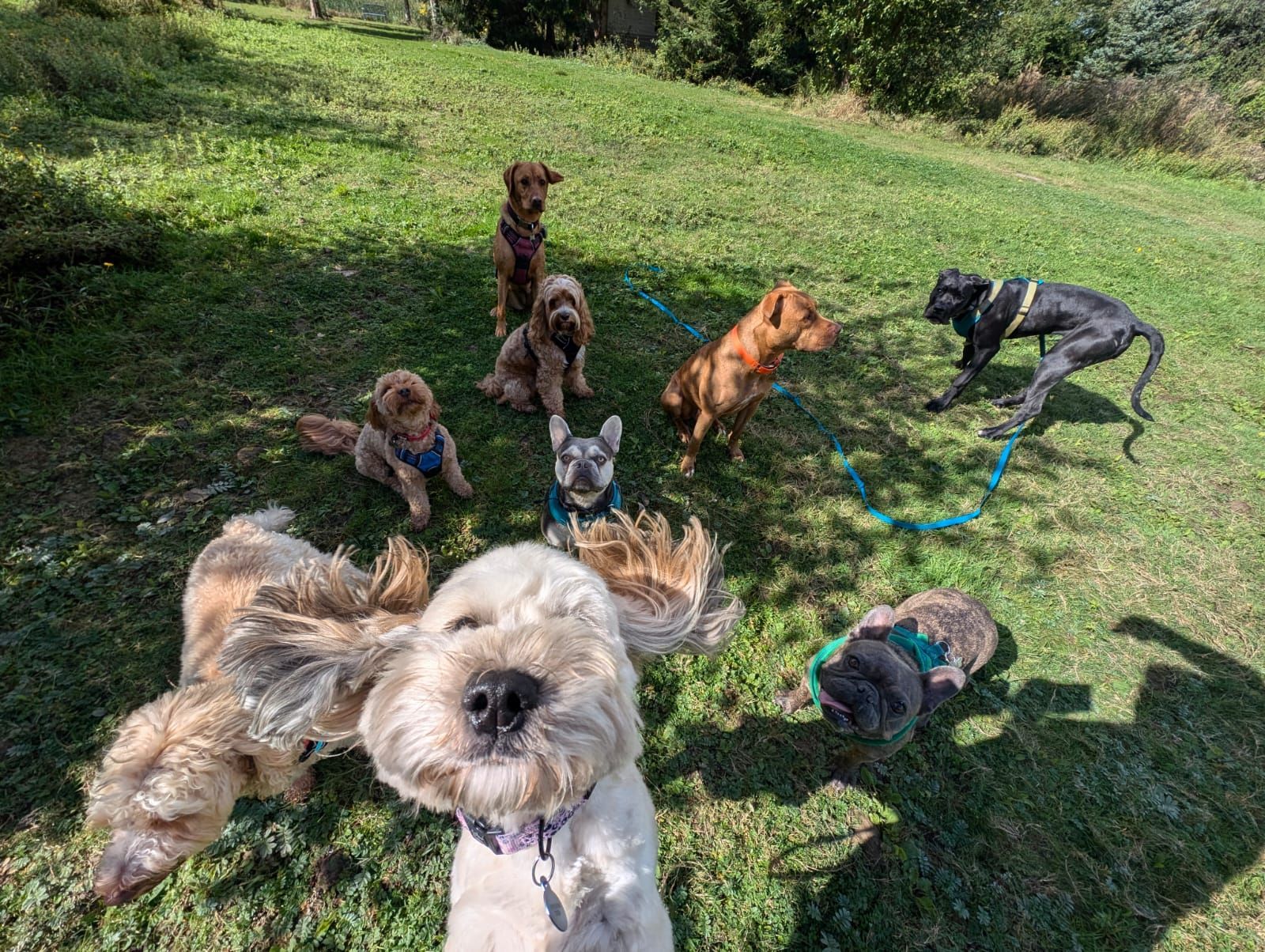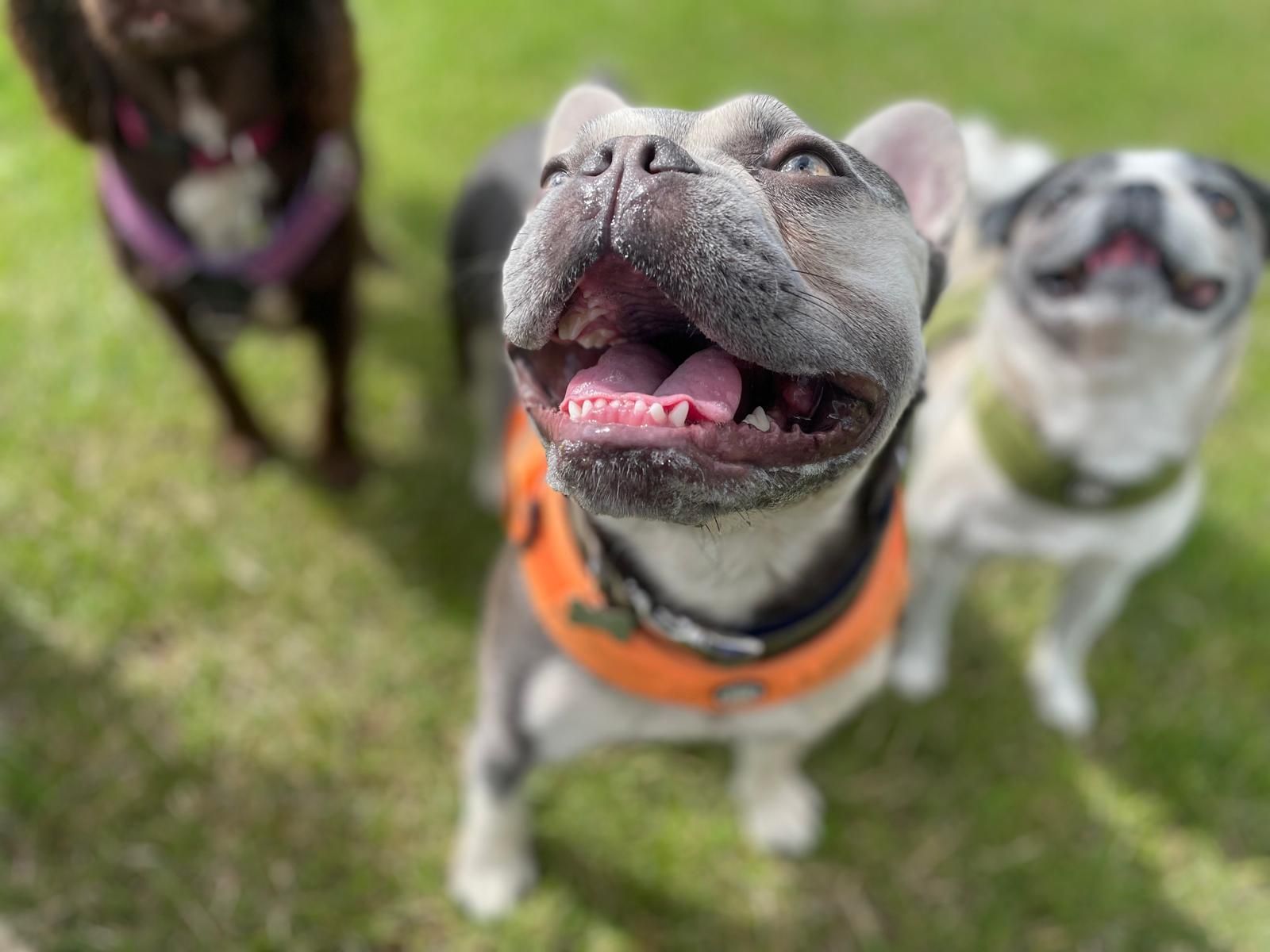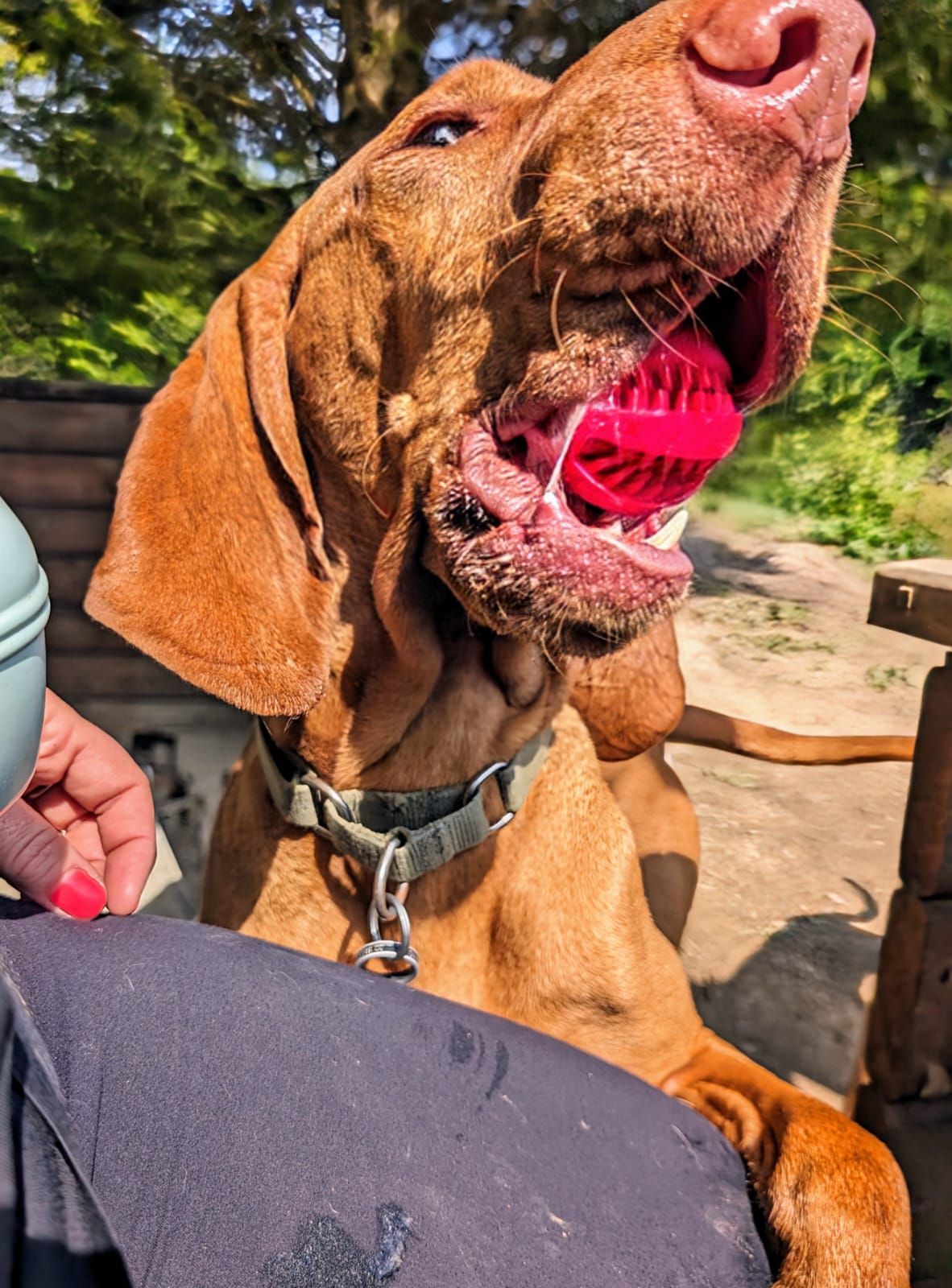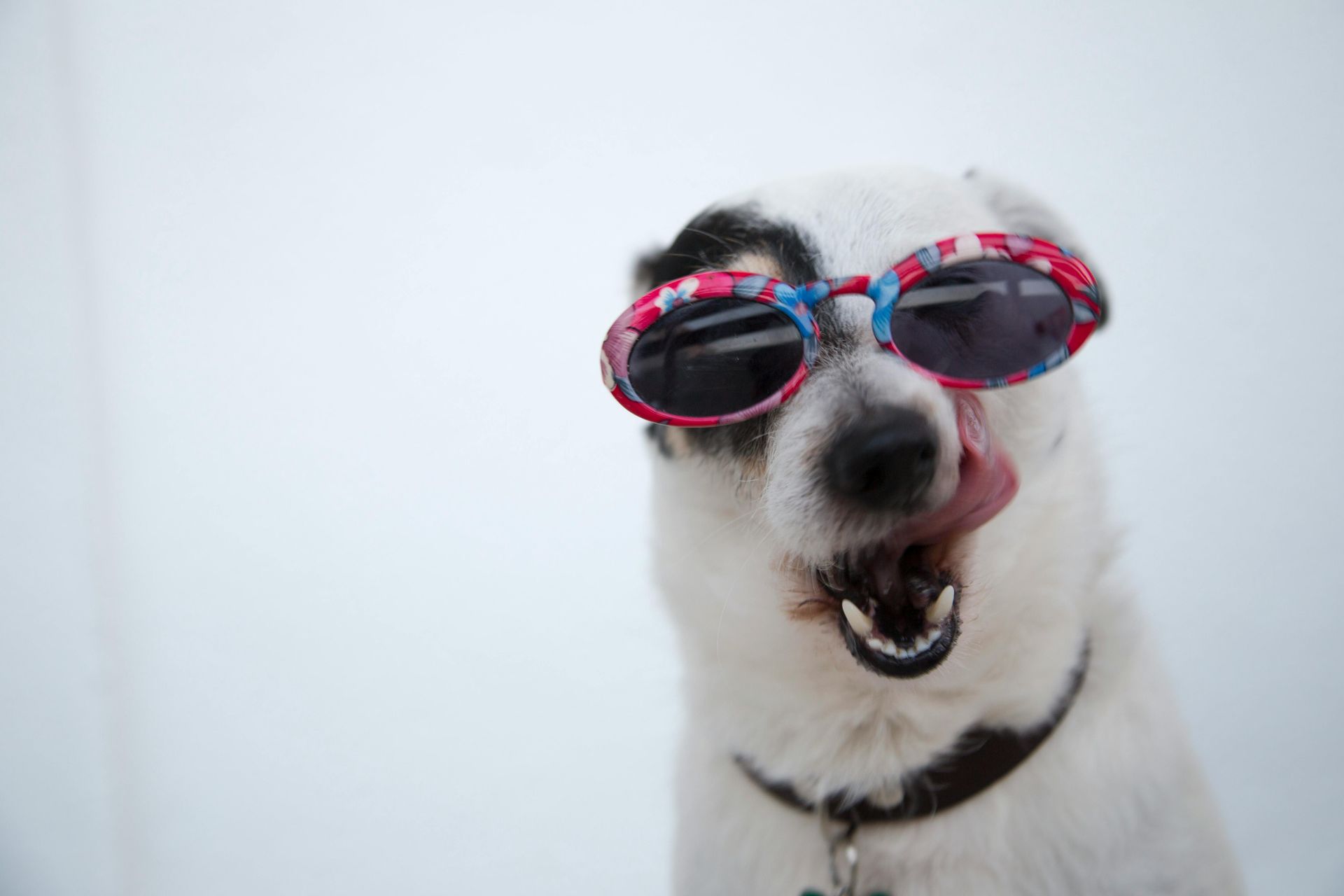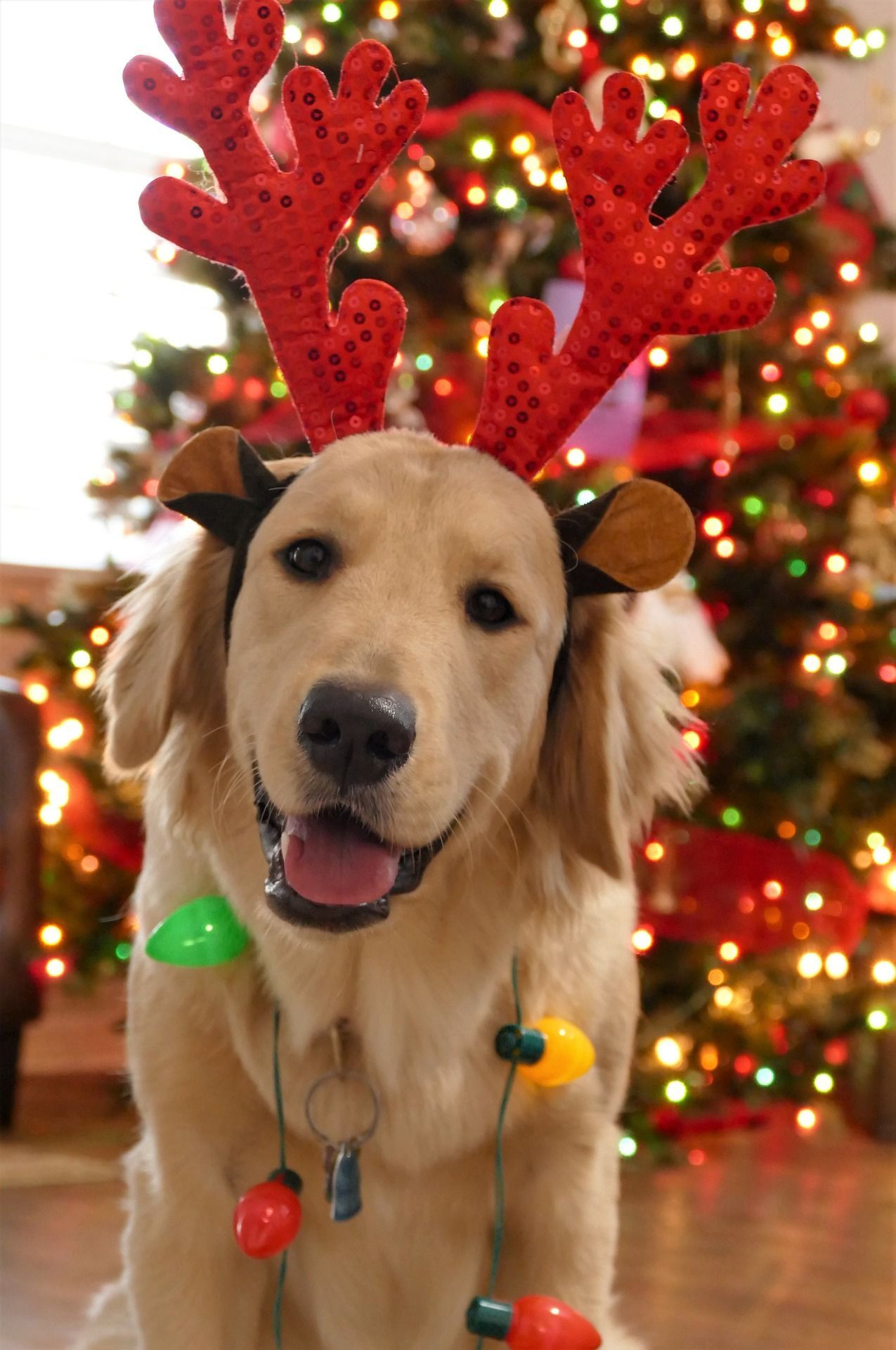
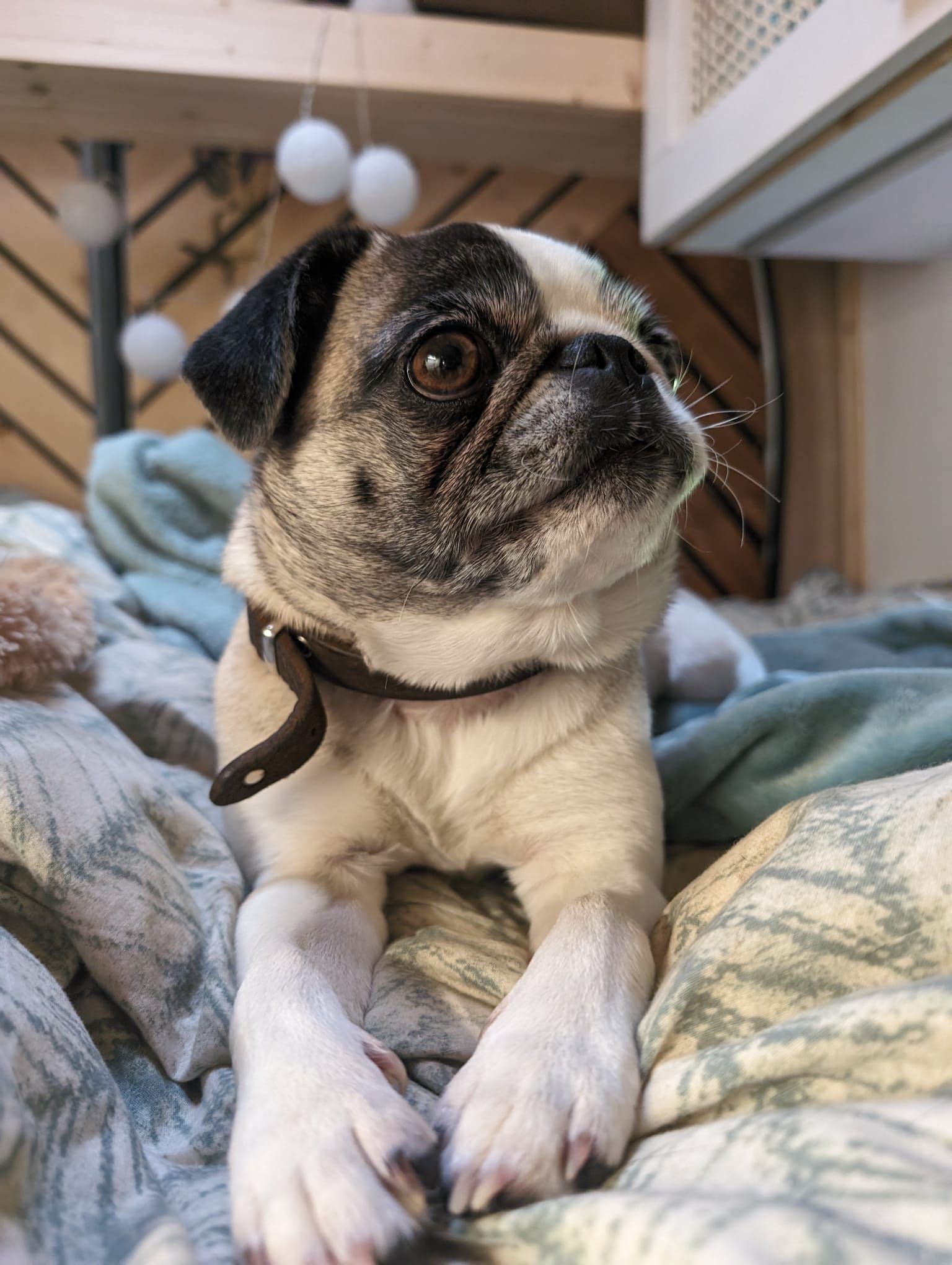
The Hidden Dangers of Flat-Faced Breathing: Why Regular Check-Ups are a Must for Your Pug or Bulldog
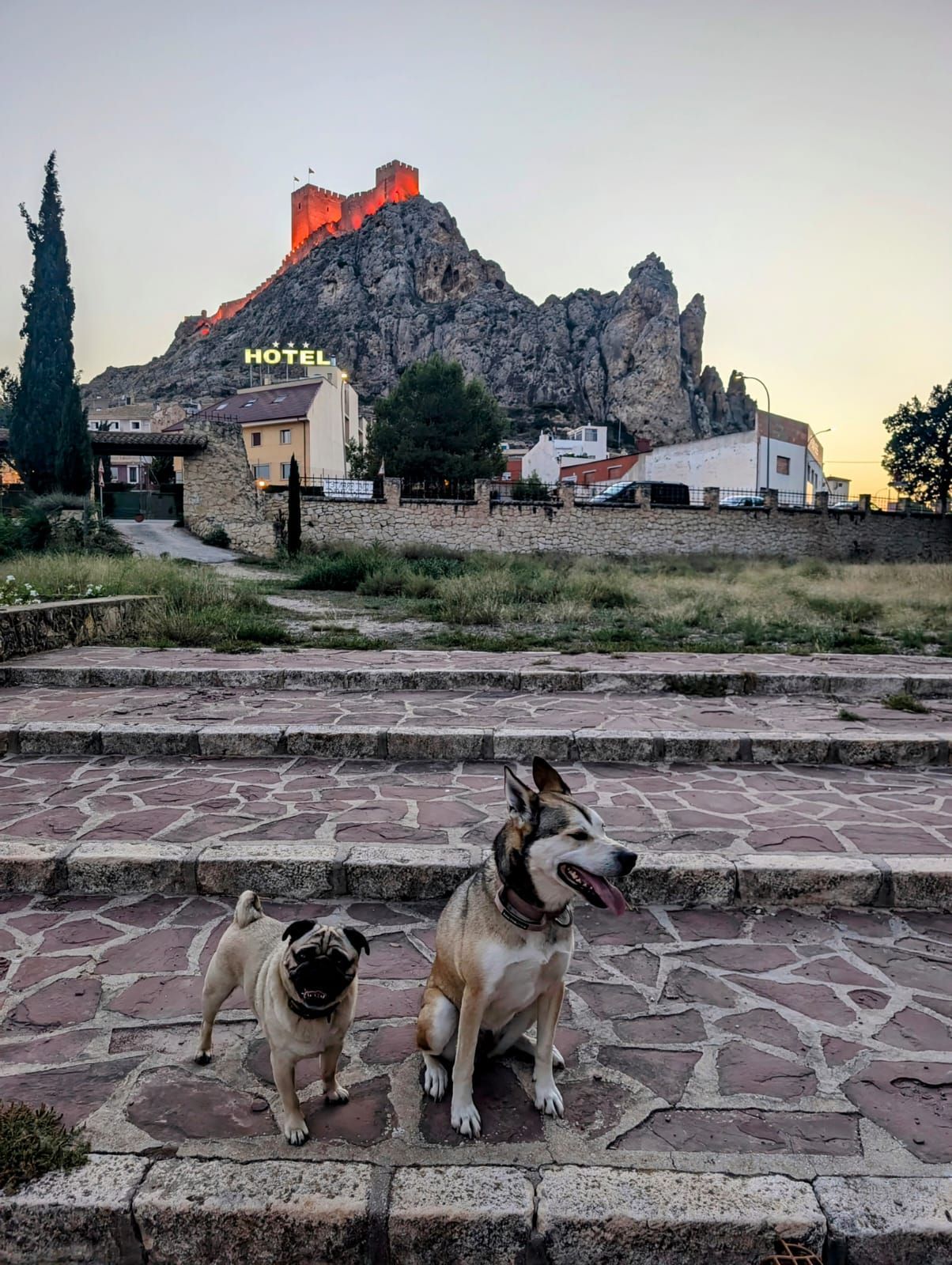
Hi! It’s your friendly neighbourhood dog-walker; Rochelle from Dogs Unleashed. I’m loving spending these slightly warmer days outside with your dogs! Spring has truly sprung, but unfortunately, we’ve had a few instances where dogs have taken the message to heart and sprung from their harnesses, so I wanted to give a little PSA on the importance of harnesses.
A well-fitting harness is vital to a safe and enjoyable walk for your furry best friend. If they get loose, the time spent herding them back in and getting them re-dressed, takes away from time that could be spent exploring! Most of our mishaps occur when getting in and out of the van; as the dogs either jump or are lifted, this is the perfect chance to slip right out. This dangerous car-park scenario can be avoided by sending your doggy out for their day of adventure in the perfect restraint for them.
Here are some tips, tricks, and general guides to ensuring your pooch has the best possible restraint and fit for them:
How to choose collar/ harness:
There are pros and cons to both harnesses and collars, and which one you pick should mostly depend on the situation your dog finds themselves in.
For around the house, you can’t go wrong with a well-fitting colour. Make sure you buy one with a quick release catch that you can quickly and easily undo if snagged on something. This is really important as those few seconds could save your dog’s life if caught in a sticky situation. Collars are also available in so many different finishes, with leather, textile, and metal options, your canine pal’s outfit could even match yours. When choosing one of these options, also take the width of the collar into account. Wider collars may restrict your dog’s breathing and neck movement, while narrower ones can dig in and choke them. Always bear in mind your dog should be able to breathe freely.
The best option for walks and training your dog is a harness. Harnesses are better for your dog as the pressure when pulling is spread over a larger surface area of their body, and better for your arms and back as you have more control. For the more boisterous pets out there - harnesses also discourage pulling more than a traditional collar as they feel more held in place.
The perfect collar or harness fit:
Regardless of whether you decide on a collar or harness, the most important factor is the fit. The general rule of thumb is to ensure that two fingers can fit comfortably yet snugly between your dog’s neck and its restraint.
If you’ve decided on a collar for your pooch, it’s a good idea to whip out the measuring tape and get scientific. Precise measurements are the best way to ensure your dog’s collar is the perfect fit – just remember to add on a few centimetre’s leeway for the two-finger guideline. If your dog is really fluffy, account for whether their hair is in all it’s full, long glory or has been shaved, and what the difference in neck size would be. Consider an adjustable collar that you can loosen in the fluffier winter months! A collar that’s too small will restrict your dog’s breathing and potentially damage the muscles and bones in their neck, while a collar that’s too big defeats the purpose, as your dog can wriggle out and get lost. Very loose-fitting collars also have the potential to get caught on low hanging branches while your pooch runs past – as you can imagine from all those times your sleeve has caught on door handle, this is not a very pleasant experience for them!
The guidelines for harnesses are very similar – not too small and not too big. A well-fitting harness stays in place throughout a walk, the chest strap doesn’t sit too high or too low, and the section that your leash attaches to on their back does not move to the side. Harnesses that are too small or tight can restrict your dog’s natural movements on our very exciting walks, which means your pooch is not only not getting the full experience, they may be doing some serious damage to their little bodies. If their stride is thrown out of whack, they start using their muscles incorrectly, which can cause unnecessary stress on their bones and joints. On the flip side; if a harness is too big, they can easily wiggle out of it, putting their safety at risk. There are a few tell-tale signs of your dog’s harness being ill-fitting; keep an eye out for hair loss in the areas their harness makes contact with their body, or for chafing underneath their armpits.
Collars and harnesses are there to protect your dog, and keeping them as safe, happy, and cared for as possible means finding the perfect restraint for your dog and their needs.
I know this is all a lot of information, but don’t worry – if you’re ever in need of some help or advice, feel free to reach out to me. Send a message, email, call or DM our Instagram page @dogs_unleashed_merton
– I’m always ready for a chat.
Thank you for your continued support and I hope you, your family and your pooch stay safe, healthy and happy!
Rochelle
Rochelle
Tel: 07718309618
dogsunleashed.surrey@gmail.com
Available in the following neighborhoods:
Wimbledon SW19
South Wimbledon SW19
Colliers Wood SW19
Mitcham CR4
Morden SM4
Wimbledon Chase SW20
Raynes Park SW20
